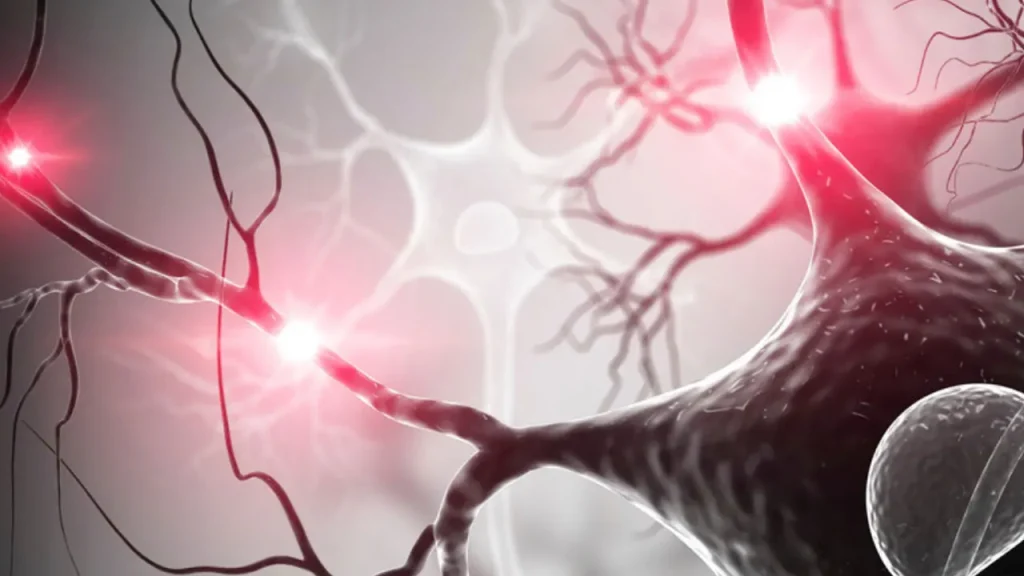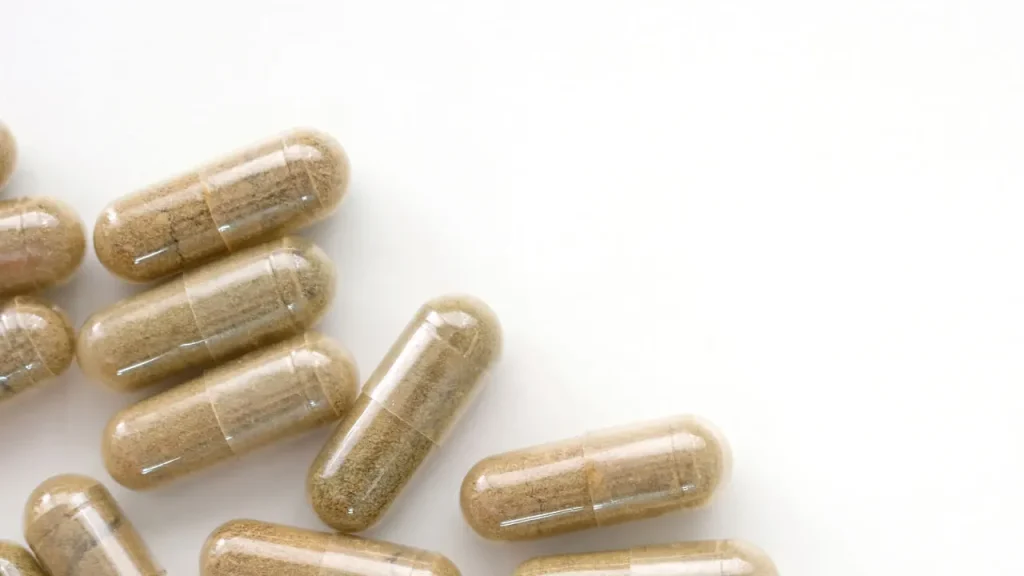The flowering plant genus bryonia, which belongs to the cucurbitaceae family, is well-known for its strong therapeutic properties. Bryonia alba, the most prevalent species, and bryonia dioica, sometimes referred to as red bryony and white bryony, have been widely used in traditional medical systems all throughout the globe. The bio-active substances found in the roots and fruits of these plants are abundant, and because of this, bryonia is a topic of interest in phytochemicals and pharmacological reearch.
You May Also Like:
Diamond CBD Gummies vs. Joy Organics CBD Gummies
CBD for Concentration: 3 Epic Benefits that Boost Your Focus
Bryonia: Benefits, Dosage, Side Effects, Drug Interactions, and Other Important Information is an original (NootropicsPlanet) article.
Nature of Bryonia
Western Eurasia and surrounding areas are home to the perennial, tendril-bearing vine genus known as bryonia. It has around 12 species, but owing to its use in medicine, bryonia alba and bryonia dioica are the most well-known. Lobed leaves, little greenish-white or greenish-yellow blooms, and spherical berries that can be red or black, depending on the species, are what set these plants apart. The tuberous roots of bryonia plants are a source of compounds that contribute to their medicinal properties.
Health Benefits of Bryonia
Traditional medicine has used bryonia to treat a variety of illnesses. Numerous of these conventional applications have been supported by contemporary pharmacological research, highlighting bryonia’s ability to treat pain, respiratory issues, and inflammation.
Bryonia has strong anti-inflammatory and analgesic properties, especially due to the cucurbitacins it contains. It can reduce the activity of inflammatory enzymes like cyclooxygenase-2 (COX-2) and limit the synthesis of pro-inflammatory mediators such as nitric oxide and cytokines.
Health of the Respiratory System: Coughs, bronchitis, and asthma are just a few of the respiratory conditions that are treated with bryonia. Breathing is made easier by its expectorant and anti-inflammatory effects, which work to lessen mucus formation and inflammation in the respiratory system.
Effects: Bryonia’s phenolic compounds have antioxidant properties that help shield cells from oxidative stress, a major contributor to aging and a number of neurological illnesses. Potential uses for bryonia include the treatment of diseases like Parkinson’s and Alzheimer’s.

Chemistry of Bryonia
Both bryonia alba and bryonia dioica have many phytochemical components. Triterpenoid saponins, cucurbitacin glycosides, and phenolic chemicals are the most important ones. The main component of cucurbitacins, a class of tetracyclic triterpenes with high oxygen content, that is responsible for bryonia’s biological action. They display a variety of pharmacological effects, including anti-inflammatory, anti-cancer, and anti-diabetic ones.
There are other phenolic substances, such as flavonoids and tannins. These substances have strong antioxidant properties that neutralize dangerous free radicals and lower oxidative stress. The health-promoting qualities of bryonia, notably its cardio-protective and neuroprotective benefits, are a result of its high phenolic content.
Physiological Properties of Bryonia
Cucurbitacins and phenolic compounds in particular, which are found in bryonia, interact with the body in several ways to produce their medicinal benefits.
Cucurbitacins in bryonia suppress pro-inflammatory mediators, including cytokines and enzymes like COX-2. They also have analgesic and anti-inflammatory properties. They assist in reducing the body’s inflammatory response by doing this. Bryonia is also believed to have analgesic, or pain-relieving, properties as a result of this activity since many pain signals in the body are mediated by these inflammatory substances.
Health of the Respiratory System: Bryonia saponins have an expectorant ability that aids in liquifying and expelling mucus from the respiratory system. This, together with the cucurbitacins’ anti-inflammatory properties, can help to lessen the symptoms of respiratory conditions including bronchitis and asthma.
The phenolic substances in bryonia, such as flavonoids and tannins, have antioxidant and neuroprotective properties. They eliminate dangerous free radicals, unstable chemicals that can destroy cells and speed up the aging and development of illnesses. These substances can prevent harm to the brain and nervous system by shielding cells from this oxidative stress. This is believed to be the cause of any putative neuroprotective effects.
Overall, the intricate interactions between bryonia’s phytochemical components and many physiological systems are what cause its therapeutic benefits. Further research will give us a clearer grasp of how bryonia interacts with the human body at the molecular and cellular levels while illuminating the specific processes behind these effects.


Optimal Dosage
The strength of bryonia’s bio-active components varies across preparations, making it difficult to determine the ideal dose, and there aren’t many rigorous clinical studies. However, depending on the illness, bryonia is often recommended in homeopathic medicine in modest dosages, ranging from 6C to 30C.
Side Effects
Despite having promise as a medicine, bryonia also has negative side effects. Due to its high saponin and cucurbitacin content, it can cause nausea, vomiting, and diarrhea in certain people. Large doses might worsen conditions including liver damage, cardiac arrhythmias, and convulsions in extreme circumstances. To reduce these hazards, it is essential to use bryonia under the supervision of your medical practitioner.


Potential Substance Interactions
Bryonia’s strong pharmacological properties make it possible for it to interact with certain drugs. Its anti-inflammatory properties, for instance, might augment the effects of non-steroidal anti-inflammatory medicines (NSAIDs), thus increasing the risk of side effects such as stomach ulcers and bleeding. Additionally, bryonia’s possible liver-related effects can interact with drugs that are processed in the liver, changing drug concentrations and possibly increasing toxicity.
Responsible Use of Bryonia
Bryonia can be a useful adjunct to treatment regimens when used properly due to its powerful bio-active profile and possible health benefits. It should be remembered, nevertheless, that bryonia is not a replacement for qualified medical guidance or care. Its usage should be seen as an addition to conventional medical treatments, especially for persistent or serious illnesses.
Bryonia:
Conclusion
Bryonia can be very beneficial for our health, especially if you are someone who suffers from joint pain, or if you need a natural supplement to aid as a laxative or diuretic. However, it is always important to keep in mind, that like any other drug, there are always possible side effects. Byronia can interact with other respiratory drugs, perhaps boosting or reducing their effects, due to its expectorant function. Therefore, before using bryonia, if you are taking medicines for chronic diseases or are taking numerous prescriptions, you must speak with your healthcare provider before taking byronia.


References:
- Anti-inflammatory and Anti-nociceptive Activities of the Ethanolic Extract of Bryonia alba. Retrieved From: https://onlinelibrary.wiley.com/doi/abs/10.1002/ptr.2605
- Antioxidant Activity of Phenolic Compounds from Bryonia dioica. Retrieved From: https://www.tandfonline.com/doi/abs/10.1080/14786419.2010.534095
- Bryonia alba Linn: A Review of its Ethnobotany, Phytochemical and Pharmacological Profile. Retrieved From: https://link.springer.com/article/10.1007/s10787-009-0018-8
Important Note: The information contained in this article is for general informational purposes only, and should not be construed as health or medical advice, nor is it intended to diagnose, prevent, treat, or cure any disease or health condition. Before embarking on any diet, fitness regimen, or program of nutritional supplementation, it is advisable to consult your healthcare professional in order to determine its safety and probable efficacy in terms of your individual state of health.
Regarding Nutritional Supplements Or Other Non-Prescription Health Products: If any nutritional supplements or other non-prescription health products are mentioned in the foregoing article, any claims or statements made about them have not been evaluated by the U.S. Food and Drug Administration, and such nutritional supplements or other health products are not intended to diagnose, treat, cure, or prevent any disease.
